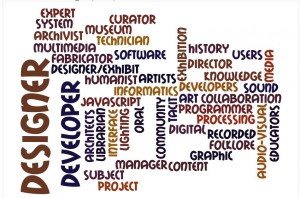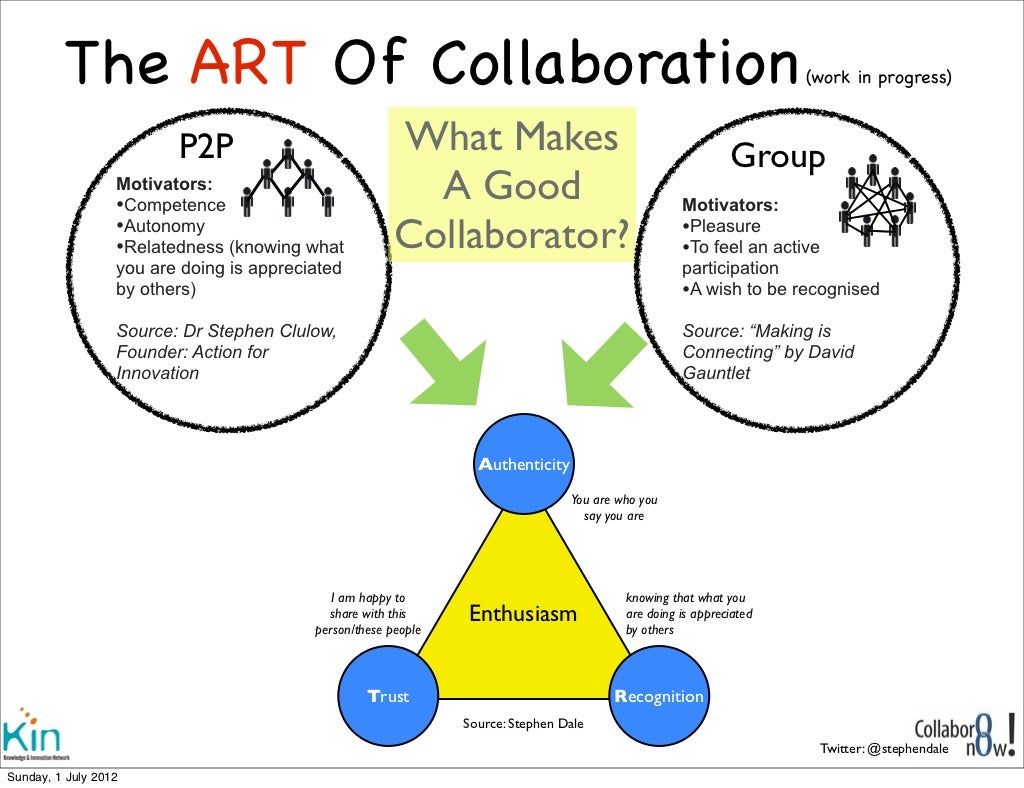Oh, the “risks” of data. Data is always mediated, they say. I want to challenge this sort of assumption. I think that the most efficient way to get at this is to say that there is a reverse “risk”, a sort of ideology, that wishes itself worthy of combing through the rough terrain of implicit and methodological biases, political spin and other data diseases. Certainly, I don’t hope to hold anyones cautions against them, but this kind of dubiousness can tend to stymie creativity.
Data is also the process of transformation. It is recursive. And if the privileging of the measurable defects in data leads to the failure to register the immeasurable, that is recursion playing out at the level of a faltering analysis. There is always the danger, that is, of falling into the trap that any data analyst sets him/herself. Recognizing that there are a mountainous amount of bias and spin that is outside of the purview of anyone in the room is the first step in getting beyond this. It may not make people happy to (ex)pose their humility, but I hold it to be a pretty important part of best practice, and one that the Fieldschool should adopt.
Of course, interdisciplinarity is a hedge. So is having a few experts around. Navigating the networks of authority/expertise is an important skill in this regard. That said, I think that we, as 10 slightly aimless-at-times students, have been woefully equipped to use technology in a way that is productive to this kind of exchange. I can’t stress enough how this is a byproduct of a sclerotic university system, but lol, I graduated. And granted, a few weeks isn’t any kind of time to practice, but experimentation is possible.
I would propose here some kind of elaborate lifehack if it weren’t for the above constraints. Dialogue is obviously, obviously a good. And sharing ones links, annotations and what one cares about is crucial to setting up autonomous (very much describes us) places of hacking and mastery. The title of my post refers to the command line. I see it as a sort of heuristic where people who admire simplicity are composing knowingly under the restrictions of the command line. For the sake of this posts readability, I will just tell you that the command line is anything but simplistic. Sure, there is utility to restrictive environments: the change of pace, the occluding from distractions. But it is the purity of the command line interface that works to obscure the complexity of its use.



